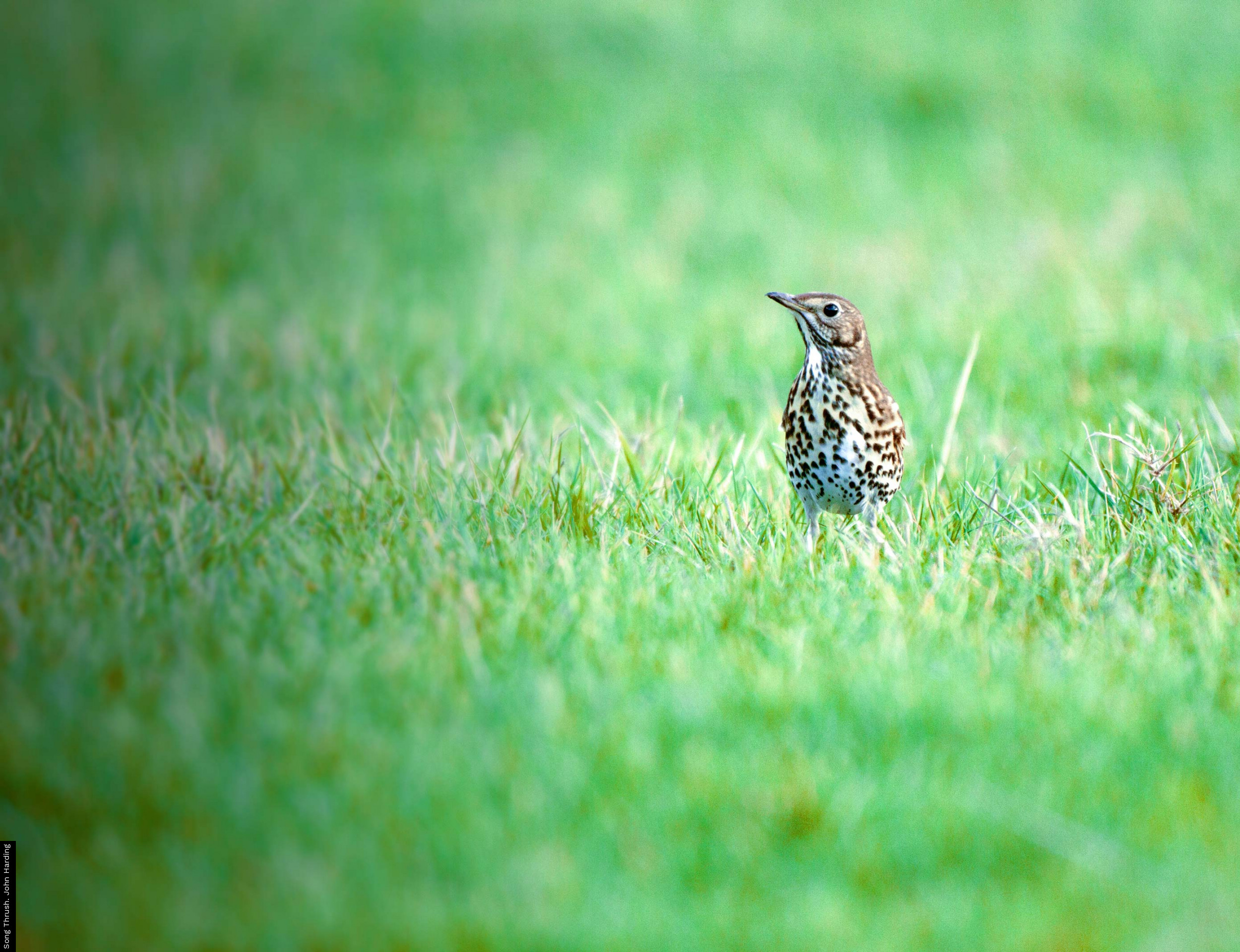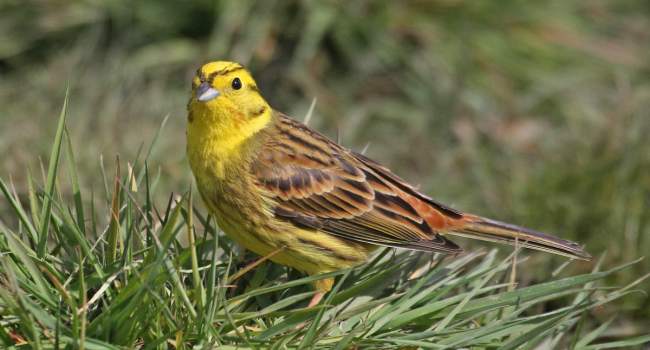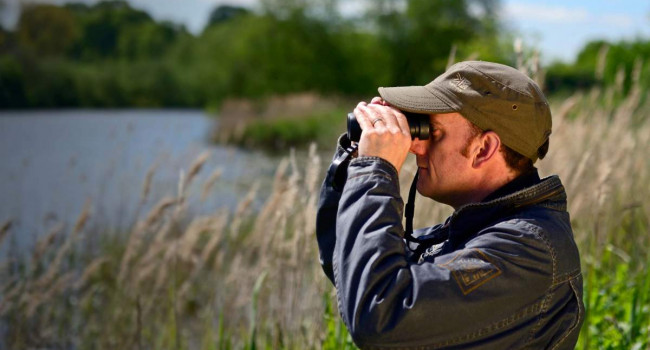English Farm Woodland Bird Survey

Volunteers collected data from farmland woods in 2019, to assess how well birds have colonised recently planted areas.
Read an article on the survey findings from BTO News
Read an article on the survey findings from BTO News (PDF, 756.15 KB)Since 1988, over 22,000 farm woods have been planted in England. The woods are mostly small, between 1 and 5 hectares in size, which will make survey coverage quite quick and straightforward. These farm woods were planted in a wide variety of settings, ranging from complete isolation through to alongside existing established woodland. This provided a very interesting natural experiment to assess how well birds have colonised these new woodlands on farmland.
Read a Defra summary report of this project (PDF, 276.02 KB)Sign-up for the survey is now closed.
During survey registration you were able to view an interactive map of farm woodland locations, summarised by 1-km squares, from which you could select the sites you would like to survey.
Some squares only had single farm woods, whereas others had many, so we encouraged surveyors to pick squares with multiple farm woods if possible.
Once a location had been selected, survey organisers then needed to contact the landowner to request permission to survey the site, which wasn't guaranteed, and then provide contact and visit details to the surveyor.
What was required?
Surveyors needed to be able to identify birds by sight and sound, and ideally have had experience with other BTO surveys or bird territory mapping.
This survey covered many of the 46 farm woodland sites previously surveyed in 1999, as well as up to 2000 other farm woods, which hadn’t been surveyed at all.
The sites were small, so it was possible to cover a number of woodland plots on a farm in a morning; each plot took around 20 to 30 minutes to survey, depending on size.
Four morning visits were required between mid March 2019 and 15 July 2019, to record all birds in and around the farm wood plot. Registrations were recorded on site maps, using standard BTO species and activity codes, mainly to accurately plot all individuals and help avoid double counting. A summary of the number of territories detected was then determined from each survey visit.
Some basic, but essential, habitat recording was required for farm woods, to record the features such as tree species, boundary type and mammal activity.
Further information
Please see the resources page for details of field methods, recording forms and other useful survey information.
You can contact the survey organiser Greg Conway via farmwoodbirds [at] bto.org.
Project timeline, contributions & findings
Project timeline
- 3/19 to 7/19 - Four morning visits are required between mid March 2019 and 15 July 2019







Share this page